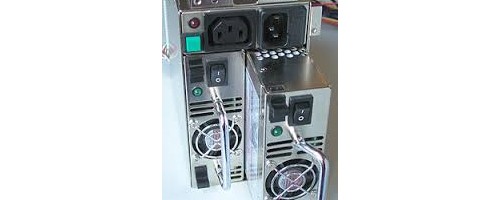
How Redundant does Your Facility Need to Be?
In recent years companies have looked at Tier levels in data centers as a means of assuring uptime. Anyone can build a Tier 4 if they can afford it. Some companies move to colocation facilities to get around the capital expenditures required for 2N+1. But how much redundancy does a company really need?
If one examines the Tier levels as originally provided by The Uptime Institute, they provided a guideline for critical systems redundancy. But there may be varied needs based on geography, tenant type, applications housed in the data center, and the one single piece that facilities redundancy ignores is the redundancy of applications. Many applications now have automatic failover. So the question is posed, if an application is mirrored as fully redundant across two hardware platforms, do both of those hardware platforms require dual power and dual network connections? Because at this point, you have an application that is supported by 4 network connections and 4 power connections. Many would argue that this configuration is too redundant for non-critical applications.
Applications are becoming more fluid between cloud and hybrid cloud models. It is important to assure that the facility has the appropriate amount of supporting services, but at the same time, it’s important to determine if money is being wasted providing redundancy that may not be needed. I do think over the next few years we are going to see a huge shift away from Tier levels in many data centers due in large part to virtualization and clouds. Tier 4 data centers carry a very hefty price tag. Two Tier 2 data centers can be built for about 1/3 of the cost using the Uptime’s cost models. Now if you think about that, two data centers provide better redundancy due to geographic diversity. Even colo operators have figured this out and are charging by connection and power consumed. This means that for some areas of a colo cage, a tenant may pay lower fees than fully redundant sections of the cage.
Obviously, all applications are going to require a risk assessment and certainly, some would need higher levels of redundancy for the highest risk levels (i.e. online banking), But many companies are opting for less redundant facilities. In short, applications may drive down the required Tier levels in some data centers.
Many of the colos that I work with are designed to support Tier 4, but the equipment won’t actually be installed until an end user justifies the cost at these facilities. Many are operating at Tier 2 or 3 instead until the demand is there to make the extra generators and chillers a worthwhile expense. That will only happen when a tenant moves in that requires that level of redundancy.
Banks are a prime example of using risk assessments for their applications. Much of this started when property values around stock exchanges on a near continuous incline in pricing. Most banks moved any non-latency sensitive applications to other facilities where rents and ownership costs are significantly less. In those locations, the applications may be sitting in a Tier 2 or 3 type facility. The banks have figured out what needs to be redundant and in many cases those facilities don’t fit neatly into any Tier level. This has created confusion as companies say they have a Tier 3.5 facility. Which, we all know, does not exist.
Other metrics have come into play, although not necessarily widely accepted, by BICSI, ISO, IEEE and other organizations that are working to address inefficiencies in the Tier level certifications. Stay tuned for more news there.
There may be a section of a data center where servers only have one power connection and one network connection since the applications fail over. There are tremendous savings to be had by rightsizing critical and network equipment. As more and more organizations work to create different metrics for rating facilities, we will see even more changes over the next few years, but without input from IT, money will be wasted.

